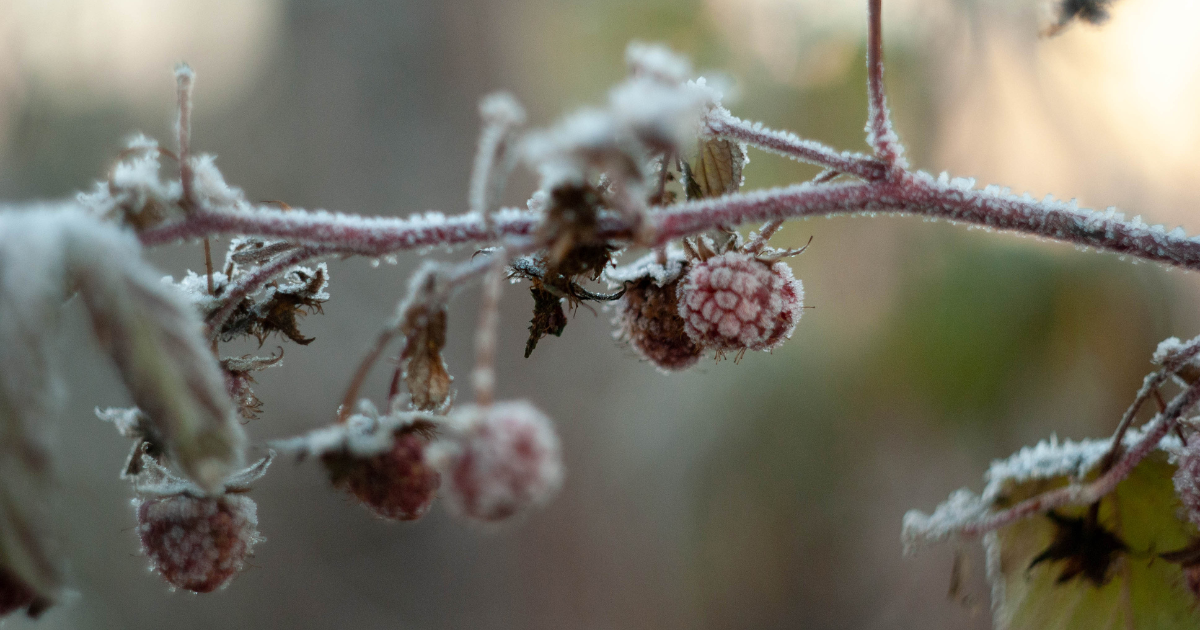Plan Ahead for a Drought Resistant Garden

Wanting to garden but worried about the dry spell and low rainfall? Then you need a drought-resistant garden! You might think it’s a little early to be thinking about spring planting, but with a bit of forethought, you will know exactly what you need when spring arrives to get your garden in shape quickly. Then, while everyone else is still trying to figure out what they’re doing, you’re already done. Here’s everything you need to know to be set up for success come early spring.
Why It’s Important to Have a Drought-Resistant Garden
According to the University of California, Agricultural and Natural Resources Department, a drought-resistant garden is a step up from “drought tolerant.” It’s a garden with plants that can survive for long periods without water. These plants are well adapted to arid climates, such as where we live here in the foothills of the Sierra Nevada mountains.
There are two big perks to these types of gardens. One, they save you money on your water bill. And two, they are usually easy to maintain.
Another benefit is their deep root system. It helps keep soil in place and prevent erosion, so your garden looks excellent for years to come.
Why We Need to Conserve Our Water No Matter the Season
According to Wildlife Trusts, conserving water is a great way to reduce our carbon footprint because less energy is used. Energy is necessary to heat, filter, and pump water to your home. This means that decreasing your water use also decreases your impact on the ecosystem. And when we use less water, that’s less we’re taking away from animals and nature.
Here at the Nevada Irrigation District, we encourage conservation because, quite frankly, we only have so much water to go around. Our goal is for all our customers to reduce their water usage by 20%. In California, we experience drought for most of the year. Yet, we use water for drinking, showering, gardening, and commercial and industrial purposes, which means we should be mindful when it comes to planning a garden that can easily sustain itself without requiring too much maintenance.
So when it comes to creating your drought-tolerant garden, you may want to consider coming to one of our gardening classes, where we demonstrate sustainable landscape techniques. Drought-resistant gardens make you a good steward of the environment and a good neighbor.
Best Drought Tolerant Plants
There are many beautiful plants for drought areas. And it’s if you’re looking to create a California native garden, it’s effortless to find low-water plants. Here are a few ideas to get you started, most of which should be easy to find in your local nursery.
- Agave
- California Lilac
- Hens and Chickens (a type of succulent)
- Lavender
- Rosemary (a great option for edible gardens)
- Sage
- Verbena

Drought Resistant Design Strategies
When designing your drought-resistant garden, a couple of strategies can help ensure its success. For instance, if your garden area receives a lot of wing, you might want to consider a fence or a hedge on the outer perimeter to protect your plants. Another thing successful gardeners do when designing their gardens is to use mulch. It helps to retain water in the soil, which in turn allows you to water less often because you don’t have to worry about the sun absorbing the water so quickly.
Tips and Tricks
Here are a few more tips and tricks to keep in mind when creating your drought-resistant garden:
- Go native - as we mentioned, we live in an area that mostly gets precipitation one season of the year. That means plants native to our region will succeed most in your low-water garden.
- Water deeply and less frequently - it’s not about daily water here. You want to water less often but plentiful when you do. This will help your plants’ roots dig down deep in the soil. Make sure you research the plants you choose, so you know what this means for each plant.
- Use less fertilizer - this might seem counterintuitive, but fertilizer needs water to work. Plus, if you’re using native plants, they’re already conditioned for the soil you will be growing them in, so you shouldn’t need fertilizer anyway.
- Choose plants that can handle a wide range of temperatures - while our summers may be hot, our winter nights can be bitter cold. You’ll want to choose plants that can handle both.
- Place your plants close together - this will allow them to share water (but you also don’t want to plant them too close).
- Stay on top of the weeds - this is very important. Weeds steal water from your plants. Even if you go outside for five minutes a day to pull weeds out of the garden, it will go a long way to keeping your
Plan for Water Means Planning for Our Future
We all need to be planning ahead for how we can conserve water. That’s why we’re working on our Plan for Water and invite you to be a part of it. As a community that lives in a drought-stricken area, we need to assess our water situation together. We want to hear from you and learn what is essential in our community and why. We hope to see you at our next Plan for Water meeting on December 13th.
